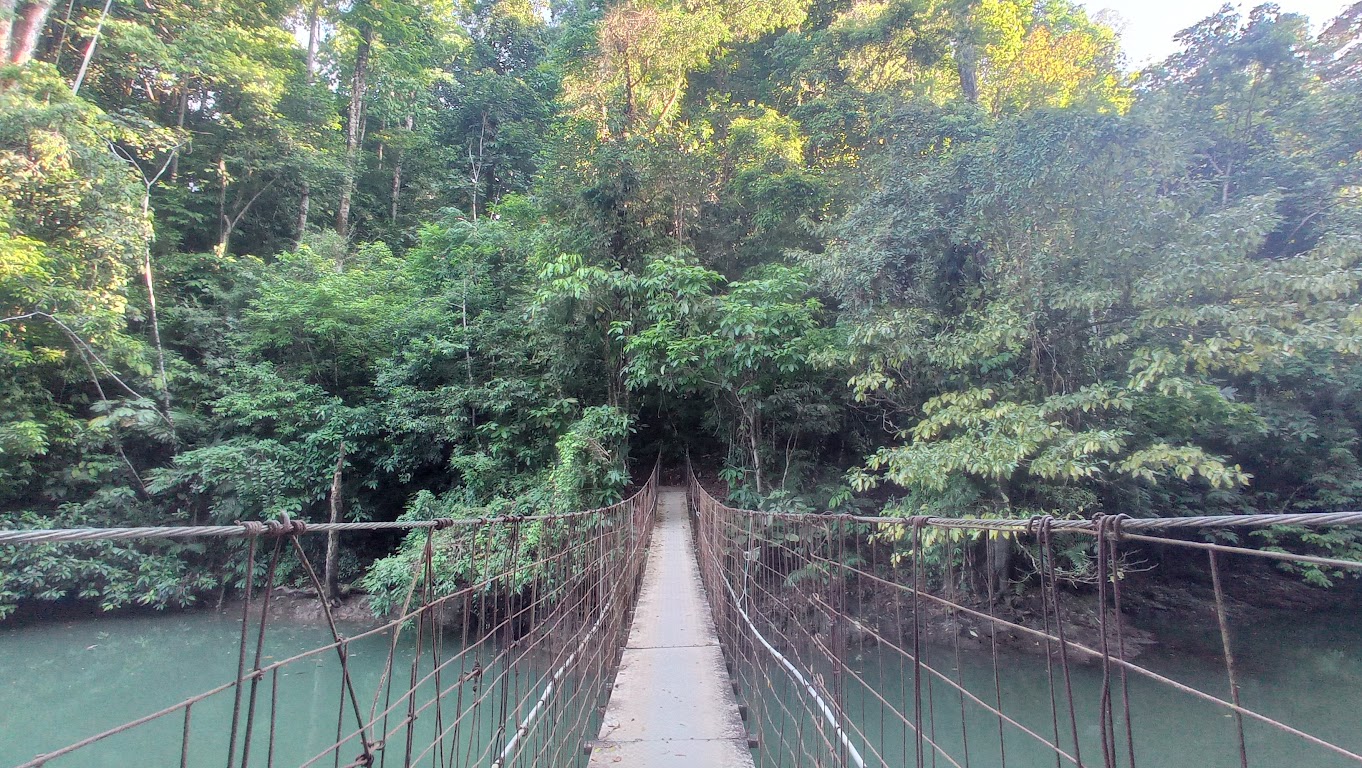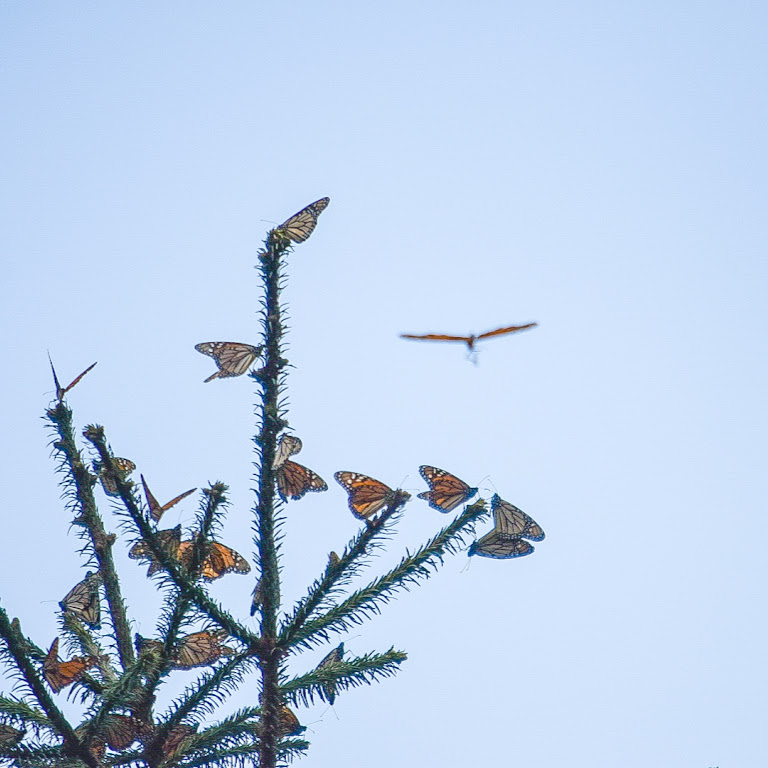The Galapagos Islands on a budget – less conventional tips (2023 update)
- Decide how much you want to see penguins here.
- Travel to San Cristobal island.
- …and stay there.
- Where to spot San Cristobal’s wildlife
- This is where the Galapagos penguins come in.
- Further money-saving tips
- Finally, a word or a hundred-odd on cruises around the Galapagos Islands…
- How much do things cost in the Galapagos?
- Anything else I ought to know about travelling the Galapagos on a budget?
Decide how much you want to see penguins here.
Since I am un hombre de su palabra, that’s my first nugget of info. I’ll explain why in a bit.
My second one is…
Travel to San Cristobal island.
If you check a map of the Galapagos you’ll see that this is the easternmost island, the one shaped like a bean. Flying here is roughly $100 cheaper than Santa Cruz in the middle, where everybody seems to go. Plus, on Cruz you have to pay for a shuttle bus and boat to a port, and a bus or taxi into the main town, so that tacks on at least $12 extra each way. Meanwhile on San Cris, the main town is a fifteen minute walk or $1 taxi ride from the airport and there are just as many hostels and cheap eateries available here.
2023 update: According to research I did on Skyscanner, the price disparity between flying to the two airport has gone down a bit – now, it’s more like $60. You’ll still have to pay for the bus and boat fares, but these are still the same as they were in 2019! You can check the most up to date fares and book tickets through the official website.
…and stay there.
Probably the most controversial suggestion here, but a lot of the Galapagos’ highlights can be seen just in the southern part of the island. Walking among sea lions and iguanas on the beach, snorkelling with giant turtles, watching boobies and frigatebirds at sea and observing giant tortoises is all doable here, and in fact, all but the last one can be done within twenty minutes from the main town.
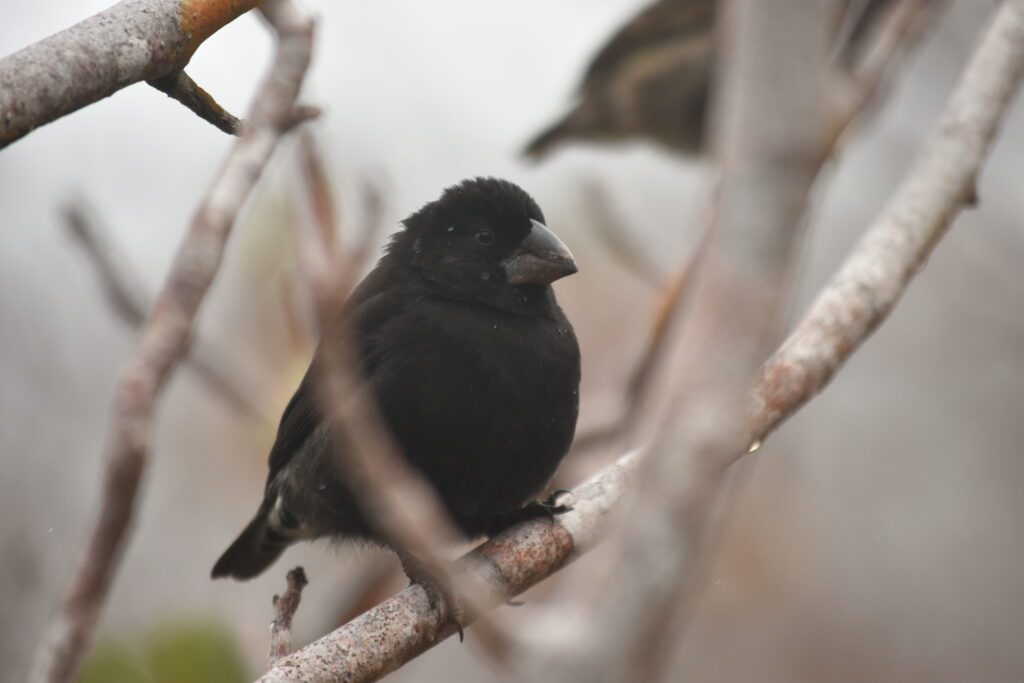
Where to spot San Cristobal’s wildlife
Quick lay of the land lesson: Puerto Baquerizo Moreno is built around a huge seafront and harbour, the nearest two blocks to this are mainly tourist restaurants and hotels, while the rest is people’s houses, eateries and cheaper lodgings. Thirty minutes’ walk to the south and ten to the north are beaches where sea lions and iguanas like to hang out, and beside the latter is a hill named after the resident frigatebirds with a gorgeous view of the bay from a wooden platform. If you continue on the trail that leads from this platform through the hills you’ll get to some more isolated beaches, plus definitely run into flocks of Darwin’s finches on the way. Be warned, it gets bouldery at times.
The road leading east from Puerto BM takes you through the highlands to some highlights like a treehouse cafe, the archipelago’s only freshwater lake and habitat for giant tortoises. You don’t need a guide or organised tour to access these areas, so expenses other than the usual room and board are going to be around renting snorkeling equipment, and bikes or a taxi to access the highlands. As with the rest of the islands, the wildlife is unbelievably tame.
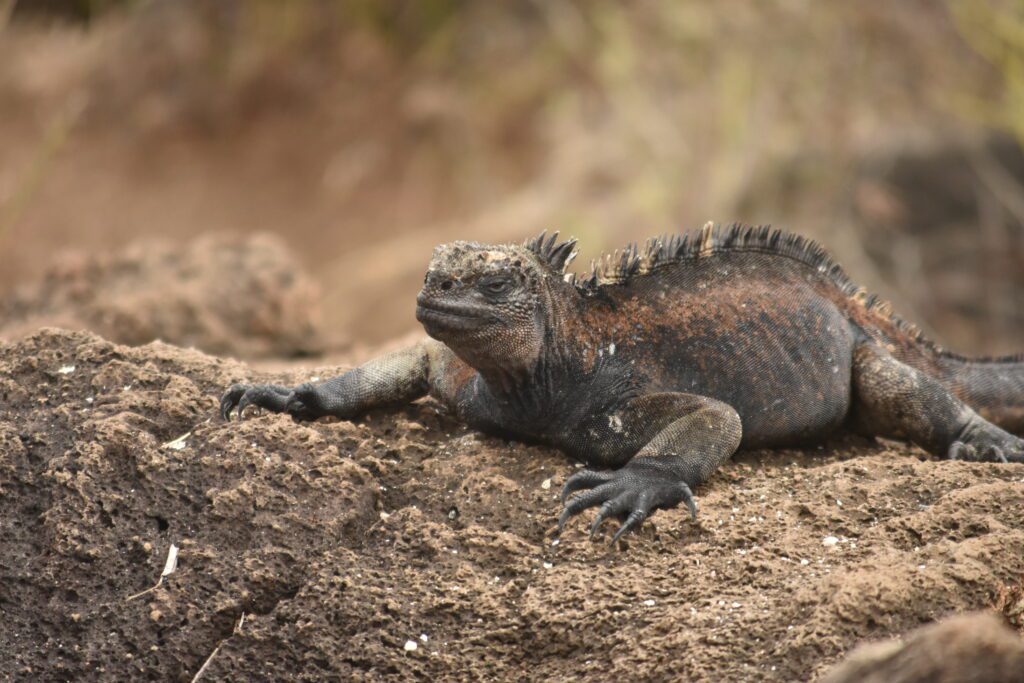
I almost landed on the first marine iguana I saw. Not stood, landed. I had to go scissor legs to prevent that since I was mid air when I saw it. It didn’t flinch before, during or after.
Pues, so what does that entail sacrificing?
This is where the Galapagos penguins come in.
Now, please hear me out on this. Galapagos penguins live on islands that can only be reached by cruise and Isla Isabela, the large one in the west. While this island is publicly accessible by boat, it’s not reachable directly from San Cris – you have to pass through Cruz. So getting there is going to cost $50-60 one way. You could also fly to Cruz and take the boat from there, but that’s still an extra $170 compared to just doing San Cris. If you don’t care too much what species of penguin you’re seeing, go elsewhere. Especially if you’ll be heading south after Ecuador.
There are wild penguins all along the coasts of Peru, as well as Patagonia, South Africa and southern Australia that can be seen for much, much less. If you still want to see this particular one, there is some good news; mercifully, you apparently don’t need to go far from the main town on Isabela to see them.
Other than them; land iguanas, flightless cormorant, Galapagos fur seal and a few other bird types are what you’ll have to forgo animal-wise. A few travellers I spoke to also said the scenery is better on the other islands, plus they have a few historical attractions of their own. If you’d really rather get the full package then go ahead, I’m not here to dictate how to spend your dosh, and it may be just as well if this truly is a once-in-a-lifetime trip. But do know that there is a lot to be spent here, and that kind of money goes much further on the Ecuadorian mainland.

Further money-saving tips
On that note, also be super conservative with how many paid activities you do. Some aren’t too bad, but most which involve a boat are going to run at least $90 – or, on San Cris at least. When choosing an activity, really consider whether or not it can be done elsewhere – for example, Kicker Rock is, according to diving authorities, quite unique with how much marine life can be seen all in one go there and probably the key reason people don’t skimp out on San Cris when travelling the islands. Punta Pitt on the other hand is probably not worth it when the seabirds you can see there are not unique to the archipelago. Again, it’s your wallet and your wonga, but it is a lot for something you could do elsewhere for a fraction of the cost.
One possible “elsewhere” is the “Poor Man’s Galapagos”. There are actually two sets of islands bearing this name, one in Ecuador, the other in Peru. The one in Ecuador (Isla de la Plata) has many of the seabirds, as well as whales which are quite hard to spot in the real Galapagos, while the one in Peru (Islas Ballestas) has the seabirds and also its own type of penguin. True to the name, many people who go there said they had found the real thing too expensive for them. Worth considering.
Finally, a word or a hundred-odd on cruises around the Galapagos Islands…
You don’t need to take one. I’m not going to touch upon them much in this guide since you don’t need one to get to all but the most outlying islands and most of the Galapagos’ highlights can be experienced independently. As a rule of thumb they cost ~$180/ day if you get an eleventh-hour deal in a clunker, and are much more if you pre-book, have standards, etc. Given that you can get mid-range lodgings, eat well and still take a few expensive tours from terra firma for this much, plus they don’t include flights or entry fees, and there are 101 different things to consider when arranging one… that’s why I don’t really talk about them here – though others have, and at length.
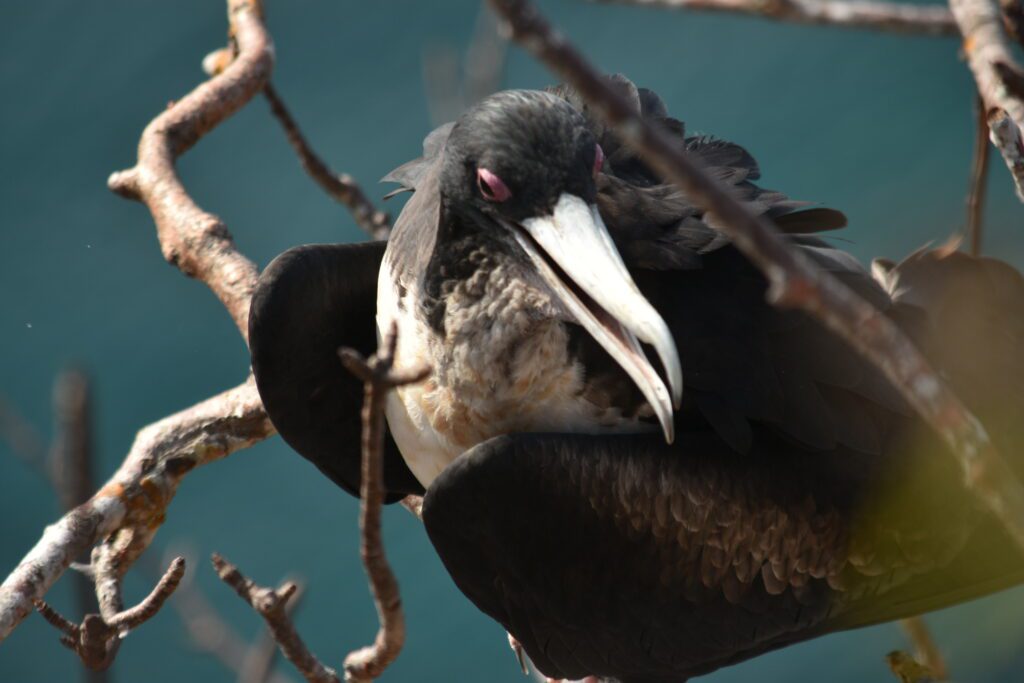
How much do things cost in the Galapagos?
The entry fee: $100, plus $20 for an entry card that you get before you board your flight. If you’re from a South American country it’s $50. There’s only one way to make it cheaper and not have to risk a little chat with the police, and that is to become a resident of Ecuador. If you think this may apply, the reward is an entry fee of $6 so do look into it.
The flights there: ~$300 to San Cristobal. The price doesn’t fluctuate too wildly, and exchange rates can have more of an effect. British travellers are advised to shop when the government isn’t being as much of a donkey den as usual.
Meals: $4-6 for lunch and dinner, $3 for breakfasts. Look around for places and ask if they have a “menu de almuerzo”, a set lunch menu since with that you get a plate of rice, meat and veg, a soup and a juice for the aforementioned prices. Some places, like Lucky’s near the seafront, extend this into dinnertime. Also, if you see a portable grill sitting on the street, it means you can get chicken on a stick there.
Coffee: $1.5-4. Thanks to the volcanic soil, the local stuff is pure magic.
Beer: $2.50. San Cris also has the only microbrewery in the islands (another good reason to go there) called Endemica whose bottles are $3.50.
Accommodation: $20-30 for a private room. Unfortunately, nowhere on San Cris seems to have dorms, the one advantage Santa Cruz has over Puerto BM.
Getting around: Puerto BM is very walkable and a European level of safe in terms of crime, even at night. If you fancy taking a taxi it’s $1 to anywhere in town.
Activities: Depende. Snorkeling gear hire is $15 including a wetsuit, and you can quite easily walk from the shop in town to the bay to the north where sea lions, turtles and pufferfish can be found. Bike hire is $20, a cheap way of exploring the Highlands and getting to the tortoises, but be really honest with yourself about how fit you are before attempting this. The road to the other end is a steady uphill for three quarters on the way there, plus it’s often rainy and misty up in the hills. Hiring a taxi to drive around for the day is $50-70 depending on your bargaining skills, and that should be per vehicle so bring along some cost fodder friends if you can. Once you go out on a boat, things can range from $130 for the 360 tour around the island’s attractions to $200 for two dives to Kicker Rock. The most expensive one from San Cris to Española where you can see albatross and Galapagos hawks is $240. You can sometimes get last-minute deals by heading into travel agencies and asking if they have any departing soon.
Anything else I ought to know about travelling the Galapagos on a budget?
- The most important piece of information: you can only pay the entry fees in cash, and there are no ATMs in the airport. And they don’t accept $100 notes (bills if you speak the other English) in Ecuador. I’ve heard that visitors who turn up without sufficient cash have to leave their passport as a deposit, plus not having a national park ticket can complicate things with regards to booking tours. Better to be prepared!
- Since there are no direct international flights to the islands, you’ll transit through the Ecuadorian mainland. It’s definitely worth spending a bit of time here as Quito and the surrounding areas are quite beautiful. Crime is more of a concern, so be careful.
- When you reach Quito or Guayaquil airport there’s a special counter for the islands where you tell them how long you’ll stay, your bags get screened and you pay $20. Keep the card they give you, as it’s pretty much a visa. Once you land on the islands you pay the other $100.
- Generally, you must also pay for tours in cash, even the expensive ones.
- There are ATMs on San Cristobal and Cruz, but nowhere else. These charge $3 per withdrawal and are often out of cash, so getting prepped on the mainland is not a bad idea.
- You don’t really need to bring a telephoto lens since the wildlife is so approachable, but it can help.
- The islands are one hour behind the mainland’s time zone.
- Even if you’re short on time, it’s worth spending a few days in mainland Ecuador to appreciate all the nature (especially birdlife in the cloud forests) it has to offer.



